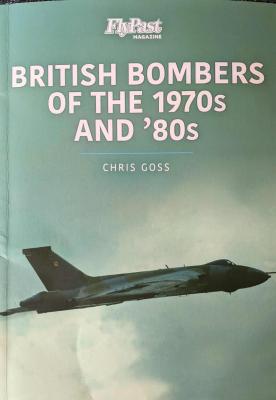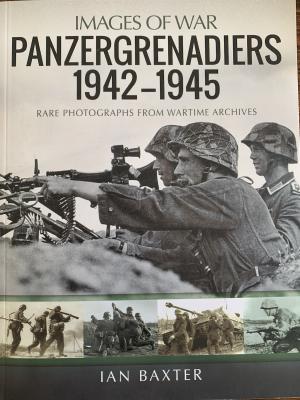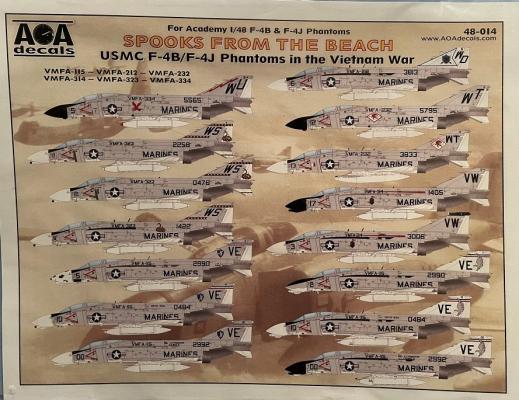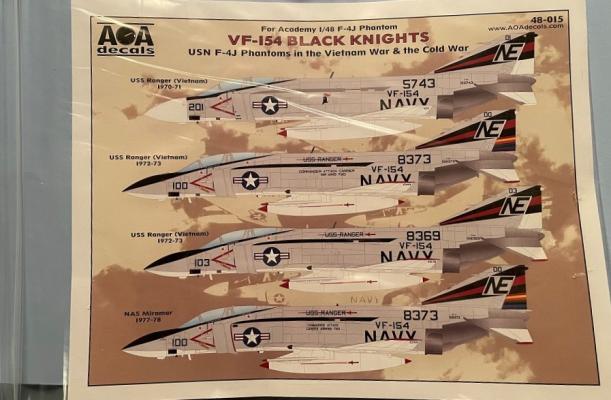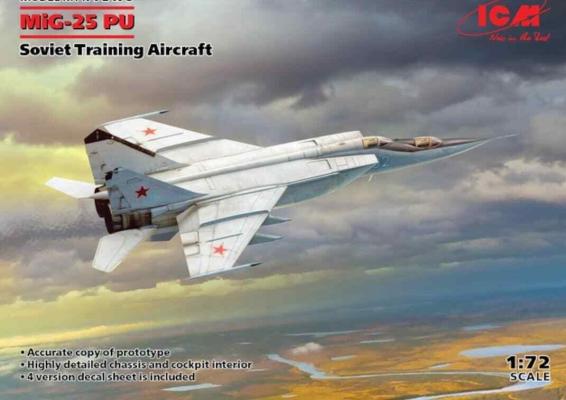This book covers only the Blackburn Buccaneer and the Avro Vulcan. The author was intimately involved with the Buccaneer as a pilot and instructor, so most of the volume concerns this aircraft. In fact, he states that he spent most of his career avoiding the Vulcan so is not really the man to write about that aircraft. It is not really a reference book as no background, historical or technical information is supplied in the text, and the only text besides that on the five pages of the Foreward, Introduction and Appendix consists of the captions of the numerous photos, which are the real heart of this short work. Many of the Buccaneer photos are from the author’s collection and it is obvious that this volume is an homage to that aircraft, with the Vulcan taking rather a back seat. The photos, and there are many, many of them, are of value to the modeler for the different markings shown rather than detail shots of landing gear, ejector seats and such which some may be looking for.
Welcome to the IPMS/USA Reviews site!
Introduction: The primary organization of the IPMS/USA Review website is by IPMS/USA National Contest Class. Within each Class there are sub-menus by kits, decals, books, etc. The Miscellaneous Class is for items that are not class specific or that cross two or more classes.
IPMS/USA Members: We encourage you to submit reviews, both here and to the Journal. To volunteer for membership in the IPMS/USA "Reviewers Corps" and submit your own reviews, please read the Guidelines For Submitting Product Reviews.
Manufacturers, publishers, and other industry members: IPMS/USA is pleased to offer your company the opportunity for product reviews. All product reviews are performed by IPMS/USA members, and are posted in the publicly-accessible section of our website. With very few exceptions, we perform full build reviews of new kit releases, aftermarket products, and supplies. If you would care to provide product samples for review, please contact John Noack, IPMS/USA 1st VP.
To learn more about IPMS/USA, please see our About Us page.
With every major conflict or war there are new developments on how fighting gets executed. The German use of the Panzergrenadiers is one such development that came along to support their novel Blitzkreig tactics of the Second World War. If a charge was to be ‘lightning’ fast, it could not be done with the traditional walking pace of infantry following fast moving armor. By motorizing troop movements via armored carrier and piggybacking personnel on tanks, German troops could move quickly to take advantage of the rapid changes in the battlefield.
The United States Marine Corps were a major operator of the F-4 Phantom during the Vietnam war flying both the B and J versions.
AoA’s very comprehensive set covers six Marine Fighter Attack Squadrons with more than 15 possible schemes. There is also a full set of stencils included for one aircraft.
The squadrons are:
- VMFA-115 Silver Eagles which include some neat looking metallic eagles
- VMFA-212 Lancers
- VMFA-232 Red Devils with their distinctive squadron markings
- VMFA-314 Black Knights
- VMFA-323 Death Rattlers which also includes helmet decals
- VMFA-334 Falcons
There are left side profiles and top views for all aircraft and multiple pages for the stencils which cover all sides of the aircraft. There is also a small sheet that covers details for each airframe including paint specifics and instructions if certain decals need to be applied before others.
The United States Marine Corps were a major operator of the F-4 Phantom during the Vietnam war flying both the B and J versions.
AoA’s very comprehensive set covers six Marine Fighter Attack Squadrons with more than 15 possible schemes. There is also a full set of stencils included for one aircraft.
The squadrons are:
- VMFA-115 Silver Eagles which include some neat looking metallic eagles
- VMFA-212 Lancers
- VMFA-232 Red Devils with their distinctive squadron markings
- VMFA-314 Black Knights
- VMFA-323 Death Rattlers which also includes helmet decals
- VMFA-334 Falcons
There are left side profiles and top views for all aircraft and multiple pages for the stencils which cover all sides of the aircraft. There is also a small sheet that covers details for each airframe including paint specifics and instructions if certain decals need to be applied before others.
ICM has continued its series of MiG-25 “Foxbat” kits with probably the ugliest variant of all, the two-seat trainer. Unlike the other trainers built by the Mikoyan-Gurevich design bureau where the trainer version was created by extending the cockpit aft to make room for an instructor’s seat and controls, for the MiG-25 trainer an entire new nose section was added in front of the existing cockpit along with a separate canopy for the instructor pilot.











